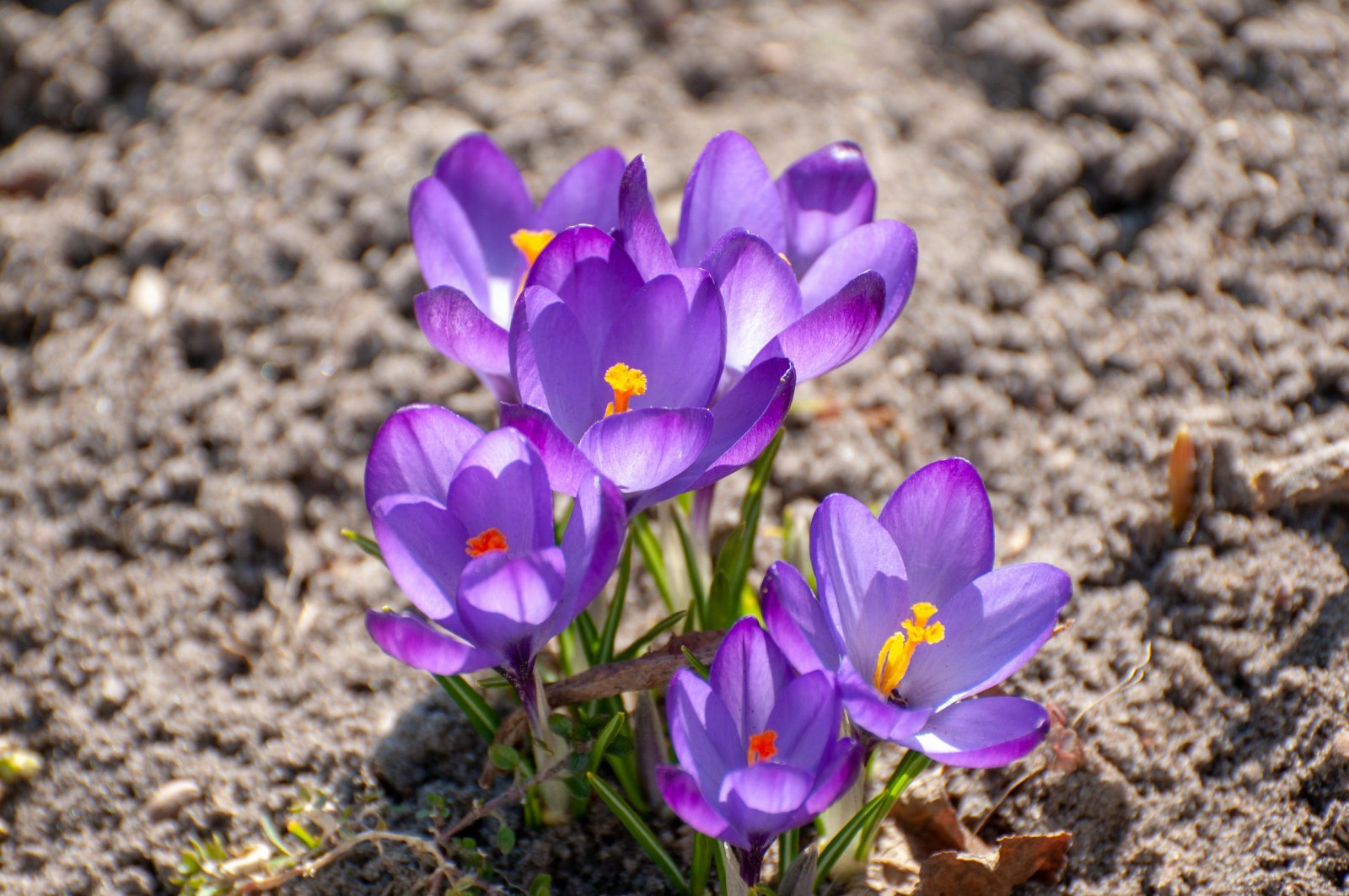Your garden could be hiding deadly dangers for your pets. Are you sure your garden is safe for your furry friends?
1. Oleander

Oleander is extremely toxic to both cats and dogs. Even a small nibble can cause severe heart issues or even death.
2. Foxglove

Foxglove contains digitalis, which can affect your pet’s heart. Consumption can lead to heart failure and death.
3. Sago Palm

Every part of the sago palm is poisonous, especially the seeds. Ingestion can result in liver failure and death.
4. Lily of the Valley

Lily of the Valley can cause vomiting, diarrhoea, and heart problems. It’s incredibly toxic and can be fatal.
5. Rhododendron

Rhododendrons contain grayanotoxins which can cause vomiting, drooling, and even coma. It’s a significant threat to your pets.
6. Azalea

Azaleas are highly toxic and can cause severe health issues. Ingesting even small amounts can lead to serious consequences.
7. Autumn Crocus

The autumn crocus contains colchicine, which is highly toxic. It can cause severe gastrointestinal distress and organ failure.
8. Daffodils

Daffodils can cause severe vomiting and diarrhoea. Ingestion can lead to serious health issues and even death.
9. Cyclamen

Cyclamen contains saponins which are toxic to pets. Ingesting it can cause severe vomiting and potentially fatal heart problems.
10. Tulips

Tulips contain tulipalin which is toxic to cats and dogs. Symptoms include vomiting, depression, and diarrhoea.
11. English Ivy

English ivy is toxic and can cause abdominal pain, vomiting, and diarrhoea. It’s best to remove it from any area your pet can access.
12. Yew

Yew contains taxines which are highly toxic. Even small amounts can cause heart failure and death in pets.
Don’t Let Your Garden Be a Death Trap!

Take immediate action to protect your pets. Remove these deadly plants now and ensure a safe, pet-friendly garden.
Featured Image Credit: Pexel / Denniz Futalan.
For transparency, this content was partly developed with AI assistance and carefully curated by an experienced editor to be informative and ensure accuracy.

